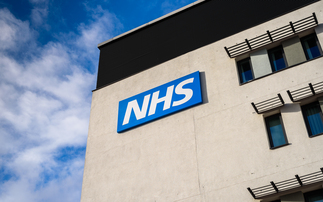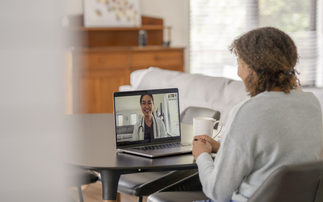More patients are reporting a good overall A&E experience with the NHS, however many improvements remain to be made, a patient survey by the Care Quality Commission has found.
The Accident & Emergency (A&E ) survey of 40,000 patients found that 14% of patients in A&E were told to go by their local GP, while 3% were told to go by an out-of-hours GP.
Waits with ambulance crews at A&E had increased by 1% compared to 2012 as 11% of respondents waited over 30 minutes with an ambulance crew after they arrived at A&E.
The majority, 60% of patients had to wait more than 15 minutes after arrival to speak to a doctor or nurse while 27% had to wait more than 60 minutes for an examination.
Pain relief delays were recorded with 13% waiting more than 30 minutes to get medication after they requested it, while the same proportion did not think staff did all they could to control patient pain.
Patients were not told of waiting times, or told it would take less time to be examined than it did, in the experience of 68% of respondents.
Family and home situations were not felt to have been taken into account in 45% of cases the survey found, with the highest rate being for patients aged 16-35.
A lack of reassurance was also highlighted with 22% of distressed patients not being reassured by a staff member, the figure rose to 33% of those with mental health conditions and 31% of those with learning disabilities.
The NHS trust with the highest percentage of questions in the survey with better than expected scores was Dorset County Hospital NHS Foundation Trust with 69% of questions with better than expected responses.
The trust with the highest percentage of questions with worse than expected scores was Tameside Hospital NHS Foundation Trust with 71% while Medway NHS Foundation Trust scored 66% of questions with worse than expected scores.
Professor Sir Mike Richards, chief inspector of hospitals at the CQC, said: "Overall the results of this survey are encouraging, with better results in 2014 than in 2012 despite the known increase in pressures on A&E departments.
"However, we do see significant variations between trusts. This highlights the need for all trusts to review their own results and to take action where necessary. The findings are set out in the report according to the same key questions as we use for our inspections. This will assist us in making judgments about the quality of individual A&E services."











